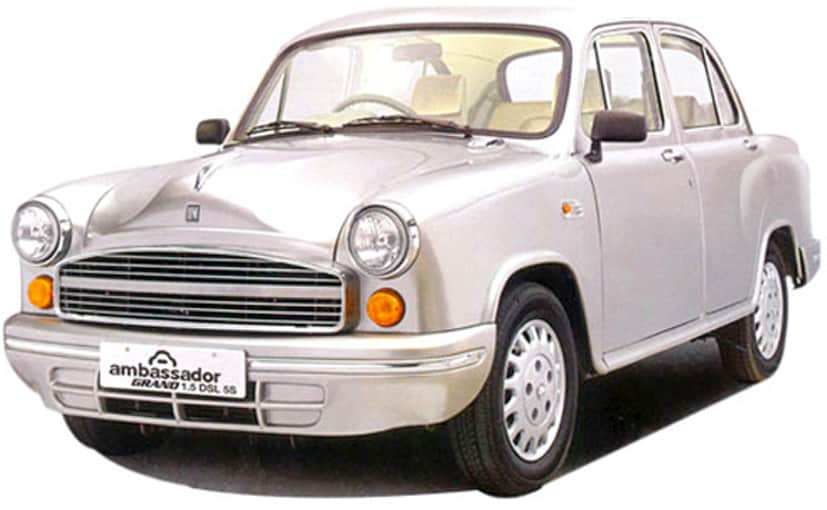
This August 15, 2017, India is completing 70 years of Independence and as an Indian, this day still fills every one of us with pride and joy. It has been seven decades since our country became a republic nation and the achievements we have made so far are countless. As our country gears up to celebrate this day with great fervour and enthusiasm, we take some time to recount some of the most iconic cars and motorcycles that have been a part of our country’s heritage and history.
Contents
Cars:
Hindustan Ambassador
The King of Indian Roads, Ambassador, or Amby – the names were many. Produced by Morris Motors Limited in the UK, the Ambassador drew inspiration from the old Morris Oxford Series III.
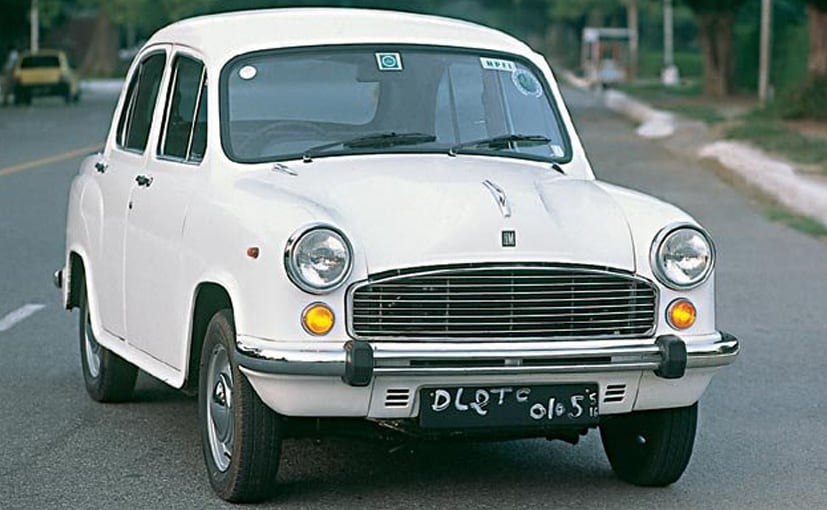
The Hindustan Motors’ Ambassador started its journey in 1957 with a price tag of about ₹ 16,000, that grew up to an average ₹ 5.22 lakh by 2014. With its enormous cabin space and highly capable built quality, the Ambassador was considered a car suitable for the average big Indian family in those days as well as the government of India. In fact, a total of 16 per cent of Amby’s sales came from the Government since it was the go-to car for most politicians and bureaucrats. Even today the Ambassador serves several government officials and politicians and at the same time takes a prideful position in the garage of the few enthusiasts who still own this iconic car. Hindustan Ambassador officially ended the production of the Ambassador in 2014.
Premier Padmini (Fiat 1100 Delight)

Mumbai authorities in the 1960s opted for the Premier Padmini over the bulkier Ambassador.
A car as iconic as the Ambassador, if not more, the Premier Padmini a.k.a. Fiat 1100 Delight first found roots in the Indian market in 1973 and was in production up until 1998. While the car was a popular passenger car in all regards, the Padmini truly become one with the Indian market after it became a part of the Bombay taxi service. A car synonym with the words ‘Kaali Peeli’ taxi, the Premier Padmini surely has a special place in India’s vehicular heritage. Even today there are several Padmini taxis in Bombay, now Mumbai, which have been creating a pleasant nostalgia.
Maruti 800

Maruti 800 had the second largest production run in India
Every once in a few years, comes along a car that changes the way people travel and the Maruti Suzuki 800 was one such revolution, for it transformed the Indian automotive industry for good. It was relatively inexpensive, convenient, easy to maintain, and economical in terms of running costs, that led to its status as an icon soon after its arrival 32 years ago. While the Maruti 800 was discontinued on January 23, 2014, it had the second longest production run and also sold over 2,950,000 units in India. It was launched in 1983 and cost ₹ 50,000 back then.
Tata Nano
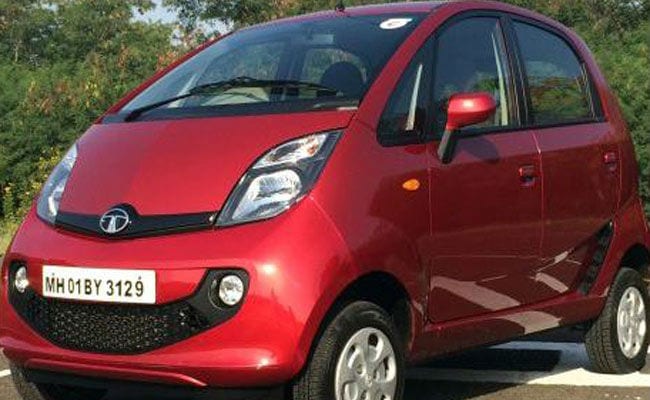
The Tata Nano entered the Indian market as the country’ cheapest car
Tata Motors’ promise of making the cheapest car in the world was finally realised in 2009 – with the Nano. Despite the furore it first caused, the ‘cheapest car’ tag did not really do much for both – the car and its maker. The Nano’s sales plunged over time, which lead to Tata bringing out some special editions. The Nano soon received a power-steering option and CNG kit.
However, in 2015, Tata did away the ‘cheap’ tag as it launched the GenX Nano – the next generation model of the car. It gets a relatively up-market cabin, a slightly updated engine, an optional AMT, bigger fuel tank, and an openable boot among other changes.
Hyundai Santro

Hyundai Santro has been the most popular Hyundai product in India
What was brought in as the Hyundai Atos in 1997 in various global markets, arrived in India as the Hyundai Santro. The South Korean manufacturer’s first offering in the country’s automobile market was an instant hit, primarily due to its competitive price and all the features that came along with it. Like the Premier Padmini, even the Hyundai Santro became a part of the Mumbai taxi service and was possibly the most popular one after the Padmini itself. After 16 years of the car’s existence in India, Hyundai finally discontinued the car in 2014. Having said that, there have been several rumours suggesting that Hyundai plans to revive the Santro nameplate in India soon.
Two-Wheelers:
Bajaj Chetak
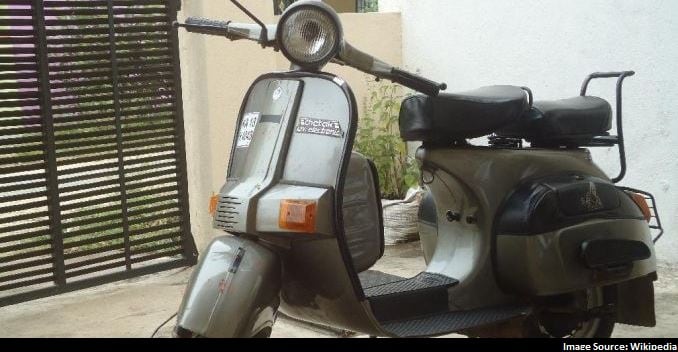
Bajaj Chetak was the country’s largest selling scooter at one point
Humara Bajaj – the scooter’s tagline – had the nation going crazy. So much so, that at one point, the scooter came along with years of waiting. Despite this, the company decided to give in to the rising popularity of motorcycles. The company ceased the production of Chetak, which was once the largest-selling scooter in the world, somewhere in 2006.
In December 2009, Bajaj Auto announced its decision to exit the scooter segment in order to focus solely on motorcycles. However, word has it that the motorcycle manufacturer had re-registered the ‘Chetak’ brand name earlier this year as it prepares to re-enter the scooter market.
Royal Enfield Bullet

Royal Enfield Bullet 350 is still one of the most popular motorcycles in the country
Though Royal Enfield motorcycles have been sold in India since 1949, its assembly started only after the Indian government placed an order for 800 units of the Bullet 350 in 1955. The order leads the Redditch Company to partner with Madras Motors in India to form what was called ‘Enfield India’ to assemble the motorcycles under licence. Enfield India, whose majority shares were owned by Madras Motors, was also sold tooling equipment in 1957 to allow the manufacture of components and full-fledged production.
While Royal Enfield UK was dissolved in 1971, the Bullet 350’s production continued in India – with eventually the bike being exported out of the country by 1980s. However, it wasn’t till Enfield India merged with the Eicher Group in 1994 that it changed its name to Royal Enfield.
Yezdi Roadking
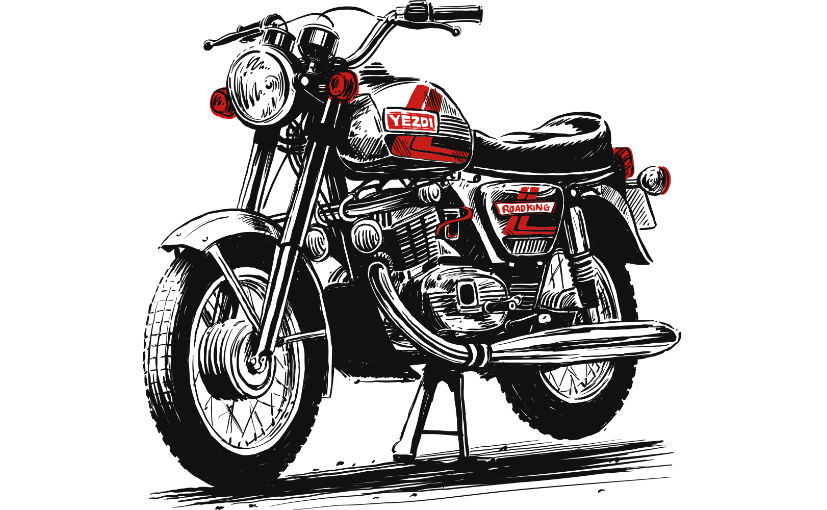
Yezdi Roadking was produced in India by Ideal Jawa Ltd
The Yezdi Roadking was a 250 cc single cylinder motorcycle produced in India by Ideal Jawa Ltd, in Mysore, Karnataka. One of the most popular road bikes in the country in the 1980s, the Yezdi Roadking won several Indian rallies and road races in the country. The bike was in production from 1978 to 1996, before it could no longer last against the Japanese rivals like Yamaha and Kawasaki.
The bike had a 250 cc engine with twin exhausts and a semi-automatic clutch. The engine was the two-stroke air-cooled unit and came with a 4-speed gearbox.
Yamaha RD350
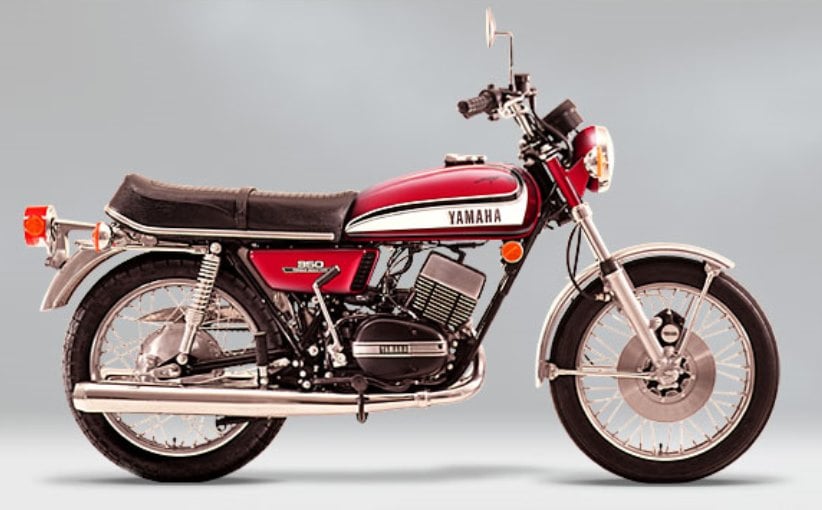
Yamaha RD350 was sold in India only for six years
The Yamaha RD350 is possibly one of the most beloved motorcycles among Indian enthusiasts. While RD stands for ‘Race Developed’ series, in India Escorts Group, sold the motorcycle as Rajdoot 350. The bike was sold in India from 1983 to 1989, just for six years, and was locally assembled by Escorts Group.
One of the first twin cylinder motorcycle to be sold in the mainstream market in India, the Yamaha RD350 was powered by a 347 cc two-stroke, air-cooled, parallel-twin engine and came with a 6-speed gearbox.
Yamaha RX100
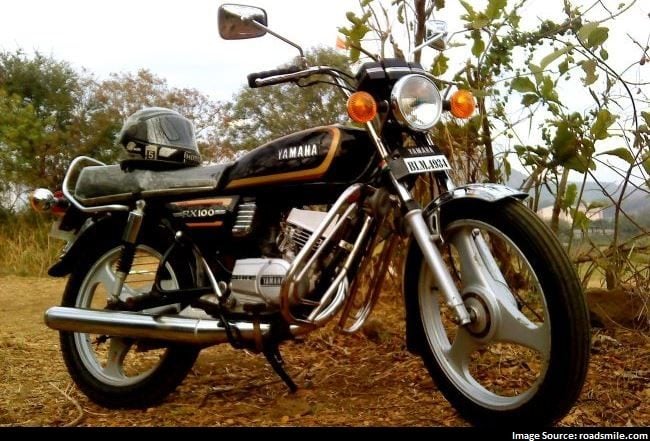
Yamaha RX100 gained a lot of popularity among young Indians
The Yamaha RX100 was a 98cc, two-stroke, single-cylinder bike that was launched in India in 1985 and was produced till 2006. A hit among the young Indians, the RX100 gained popularity mostly due to its acceleration and its nimbleness.
Despite the fame, Yamaha phased out the RX100 due to the adoption of stricter emission control norms in India.
[source=auto.ndtv]